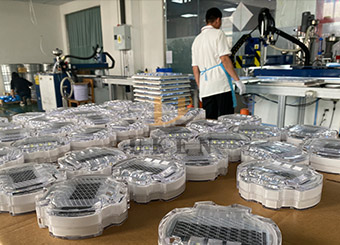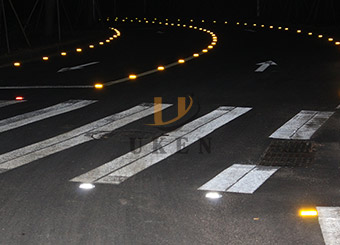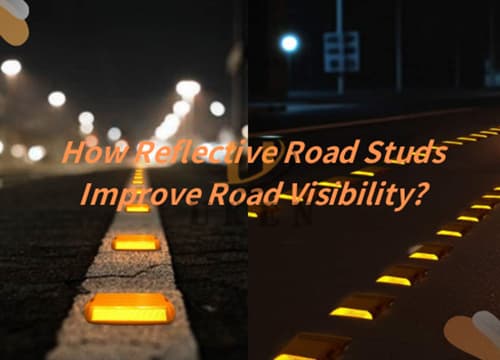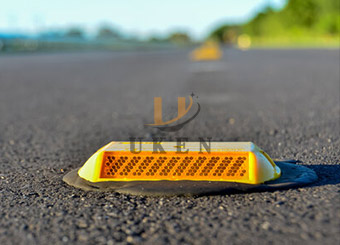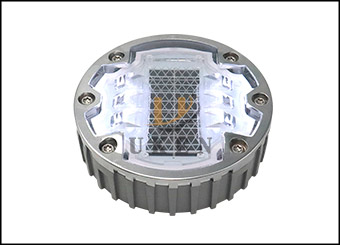Solar road stud lights, touted as a sustainable solution to enhance road safety and visibility, face several challenges that hinder their widespread adoption and effectiveness. These innovative devices, designed to illuminate roads using solar energy, encounter a range of issues, from technical limitations to practical concerns.
Technical Reliability:
One of the primary challenges of solar road stud lights lies in their technical reliability. These devices rely on photovoltaic cells to convert sunlight into electrical energy, which is stored in batteries for nighttime illumination. However, inconsistent sunlight exposure, particularly in regions with frequent cloud cover or limited daylight hours, can affect their charging capacity. This variability can lead to unreliable performance and inadequate illumination during critical times, compromising road safety.
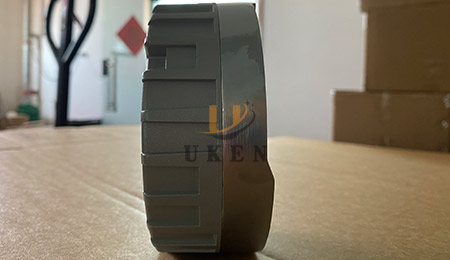
Durability and Maintenance:
Another significant issue is the durability and maintenance of solar road studs. Installed directly on roads exposed to heavy vehicular traffic and harsh weather conditions, these devices must withstand constant wear and tear. The robustness of their housing, adhesive strength, and resistance to impact are crucial factors in their longevity. Moreover, maintenance of solar panels and batteries requires regular inspection and cleaning to ensure optimal performance, which can be logistically challenging and costly, especially on busy road networks.
Visibility and Effectiveness:
Achieving consistent visibility is crucial for the effectiveness of road stud lights. Factors such as placement accuracy, ambient light conditions, and proper alignment with road markings influence their visibility to drivers. Poor visibility due to dirt accumulation, obstruction by road debris, or inadequate brightness diminishes their intended safety benefits, potentially leading to accidents rather than preventing them.
Cost and Return on Investment (ROI):
While solar road studs offer long-term cost savings by reducing energy consumption compared to traditional lighting systems, their initial installation costs can be prohibitive. The expense of procurement, installation, and maintenance must be weighed against the anticipated benefits in terms of improved road safety and reduced accident rates. Calculating a satisfactory ROI becomes essential for justifying investments in these technologies, especially for municipalities and transportation authorities with limited budgets.
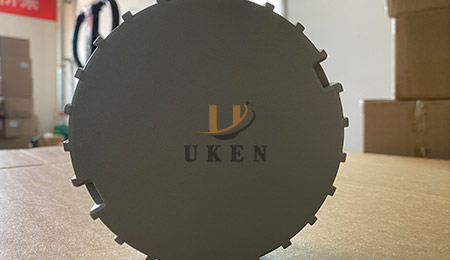
Integration with Existing Infrastructure:
Integrating solar-powered road studs with existing road infrastructure poses logistical challenges. Compatibility with different road surfaces, retrofitting requirements for older roads, and ensuring uniformity in installation standards across diverse road networks are critical considerations. Standardization of design and installation procedures can streamline deployment efforts and facilitate the widespread adoption of solar road stud lights.
Regulatory and Safety Standards:
Adherence to regulatory and safety standards is paramount for the deployment of solar road studs. Compliance with visibility requirements, durability standards, and environmental regulations ensures their reliability and effectiveness in enhancing road safety. Continuous advancements in technology and regulatory frameworks are necessary to address emerging challenges and improve the overall performance of solar road stud lights.
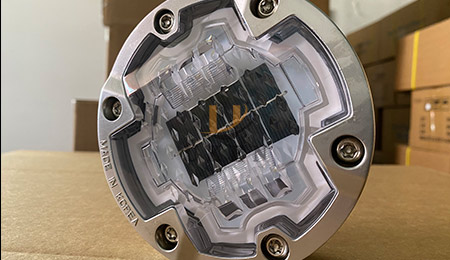
In conclusion, while solar cat eye road stud lights offer promising benefits in enhancing road safety and reducing energy consumption, they face significant challenges that need to be addressed for widespread adoption. Overcoming technical limitations, ensuring durability, optimizing visibility, managing costs, and complying with regulatory standards are crucial steps toward realizing the full potential of these innovative lighting solutions on global road networks. Addressing these challenges will pave the way for safer, more sustainable transportation infrastructures in the future.
